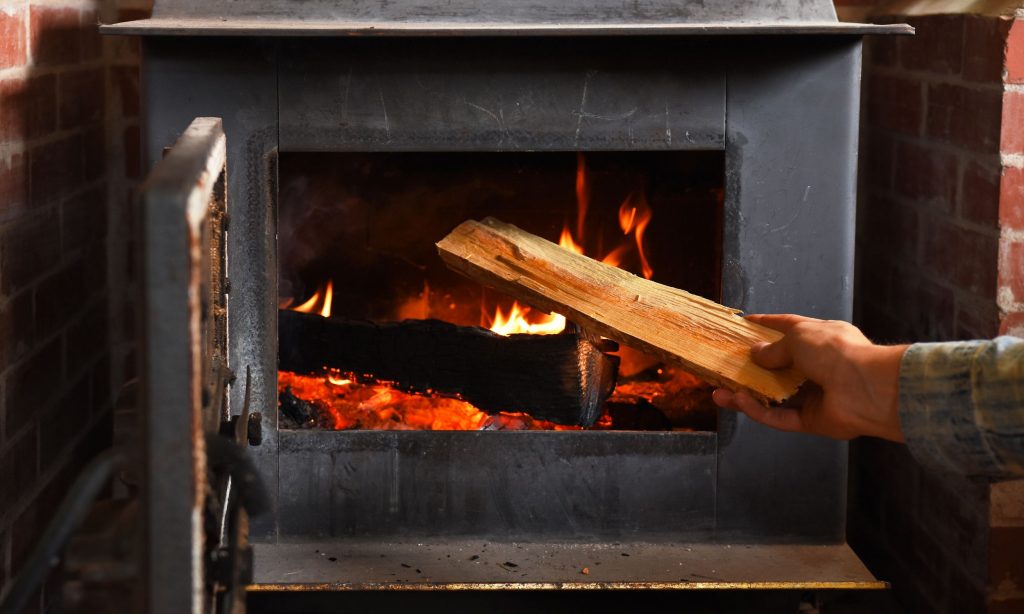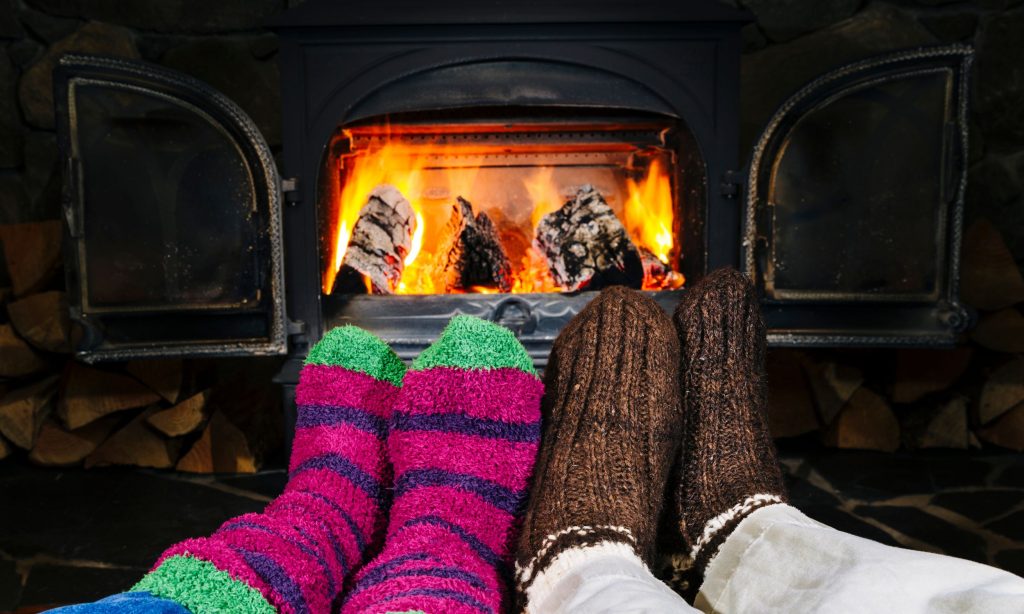The Pros and Cons of Heating with Wood
Heating your home with wood can be a great way to save money on your energy bill, but it also has some drawbacks. In this post, we’ll take a look at the pros and cons of heating with wood so that you can decide if it’s the right choice for you.
Most people think of wood as a casual fuel source, something you might use to build a campfire or roast marshmallows. However, wood can also be used for heating. There are a few things you should consider before making the switch to wood heat, however.
For one thing, it can be more work than other types of heating. You’ll need to stockpile wood and ensure that it’s properly seasoned before use. In addition, you’ll need to have your chimney cleaned on a regular basis to prevent creosote buildup.
However, some people find the extra work to be worth it, as heating with wood can be cheaper than other options and provides a cozy ambiance. Some people also enjoy the ritual of chopping and stacking wood, as it gives them a chance to connect with nature.
Ultimately, the decision of whether or not to heat with wood is a personal one.
Disclosure: Some of the links below are affiliate links, meaning, at no additional cost to you, I will earn a commission if you click through and make a purchase.
Pros and cons of heating your home with wood
Some people heat their homes with wood because it is a renewable resource that is inexpensive and easy to obtain. Others believe that heating with wood is harmful to the environment and contributes to air pollution. There are pros and cons to both sides of the debate.
On the plus side, wood is a renewable resource that can be replenished relatively quickly. Trees take in carbon dioxide from the atmosphere and release oxygen, making them an important part of the global carbon cycle. In addition, wood is relatively inexpensive compared to other heating sources such as oil or gas. Heating with wood also provides a sense of warmth and comfort that some people find lacking in other forms of heat.
On the negative side, burning wood releases harmful particulates into the air, which can contribute to respiratory problems such as asthma. In addition, deforestation can release large amounts of carbon dioxide into the atmosphere, offsetting any benefits of using wood as a fuel source.
Some experts also believe that wood-burning stoves are not as efficient as modern furnaces, meaning that more wood must be burned to achieve the same level of heat. Overall, there are both pros and cons to heating your home with wood. Ultimately, the decision comes down to personal preference and taking into consideration the specific circumstances of each individual case.

How to choose the right kind of wood for your fireplace or stove
If you’re planning to build a fireplace or install a stove, one of the most important decisions you’ll make is choosing the right type of wood. Different woods have different properties that make them more or less suitable for burning.
For example, hardwoods like oak and maple are denser and will burn longer, while softer woods like pine ignite more easily but burn more quickly. You’ll also want to consider the moisture content of the wood, as wetter wood is more difficult to ignite and produces more smoke.
Ultimately, the best wood for your fireplace or stove will depend on your specific needs and preferences.
The best way to stack and store your wood for winter
As the temperature starts to drop, many people begin stocking up on wood for their winter supply. But while it may be tempting to just leave the woodpile outside and let nature take its course, there are actually a few things you should keep in mind to ensure that your wood is properly seasoned and ready to burn.
First of all, it’s important to stack the wood in a way that allows for good airflow. Leaving space between the pieces of wood will help them to dry out more evenly.
You also want to make sure that the stack is elevated off the ground, as this will help to prevent rot. Finally, it’s a good idea to cover the woodpile with a tarp or sheet of plastic to protect it from the elements. By following these simple tips, you can be sure that your woodpile is ready for winter.

Safety tips for heating with wood
As the weather gets colder, many people turn to wood-burning stoves and fireplaces to keep their homes warm. While these can be highly effective, it is important to follow some basic safety guidelines to avoid fires and other accidents.
First, always use dry, seasoned wood for fuel. Wet wood produces less heat and creates more smoke, which can lead to a dangerous build-up of creosote in your chimney.
Second, make sure that your stove or fireplace is properly installed and that the flue is in good condition. A damper should be installed to help control the flow of air, and the area around the stove should be clear of any combustible materials.
Finally, never leave a fire unattended; make sure it is completely extinguished before going to bed or leaving the house. By following these simple tips, you can enjoy a warm, safe winter season.
Benefits of using a wood burning stove instead of other forms of heat
A wood burning stove is a great way to heat your home. Not only is it efficient, but it also provides a special ambiance that other forms of heat simply can’t match. There’s something special about relaxing by the fire on a cold winter night, and a wood burning stove makes it easy to enjoy that experience.
In addition, a wood burning stove can help to save money on your heating bill. Because wood is a renewable resource, it’s more affordable than fossil fuels like natural gas and oil. And because you’re only heating the room that you’re in, you’re not wasting energy by heating unused areas of your home.
As a result, a wood burning stove is an eco-friendly and economical option for heating your home.

Must have Accessories for Heating with Wood
You are going to want some way to store wood inside your home so you don’t have to go outside when it is extremely cold. You can build one out of wood or you can repurpose something else. We use a metal water trough.
Not a necessity but we love this little fan that sits on top of the stove and pushes the warm air around the room.
Overall, using a wood burning stove has more pros than cons. If you choose the right kind of wood and stack it properly, heating with wood can be a great way to save money and stay warm all winter long. Just remember to follow these safety tips to keep your family safe. Do you have any other tips for heating with wood? Share them in the comments below!
You may also enjoy these related articles:
- How to Homestead
- How to Start a Homestead on a Budget
- Holiday Simmer Pots
- How to Make DIY FireStarters: The Best Way to Stay Warm This Winter
Did you enjoy this article? Want to hear more? Stay in touch! Sign up below to receive weekly tips and inspiration for your homestead.
[convertkit form=3733554]
